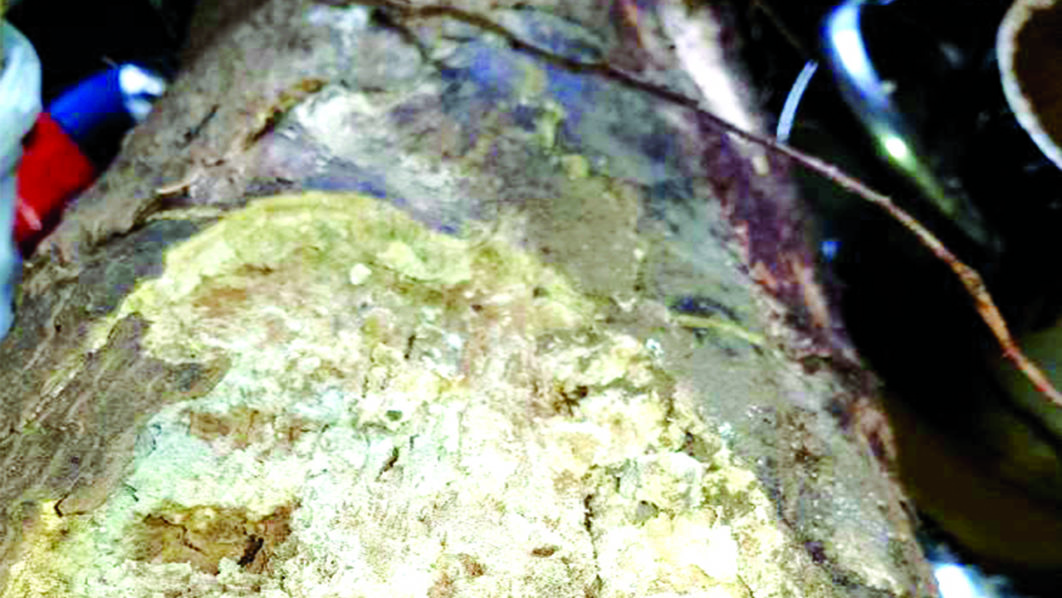THE reported rejection of Nigerian yams exported to the United States and the controversies it generated, is no doubt a national embarrassment, considering the fanfare that heralded export of the first consignment, on June 29, by Minister of Agriculture and Rural Development, Audu Ogbeh, from the Apapa port, Lagos, to Europe and United States. Just a few weeks after, news broke of rejection of Nigeria’s yam by US consumers due to poor quality.
Though the Federal Government hastily promised to investigate the incident, but it has since been allegations and counter-allegations between the ministry, the Nigeria Agricultural Quarantine Service (NAQS), yam exporters and other stakeholders, on who is responsible for the act, with accusing fingers pointed at different directions.
Ogbeh, while addressing journalists when the rejection news broke out said his ministry will investigate “because the ministry is not an exporter; exporters are private sector people. We will investigate both the company that exported it and ask our quarantine department to check and find out why such a consignment left here.”
But just as the exporters were distancing themselves from blame, the NAQS made a mind-boggling revelation that the consignments were not inspected, the claim the ministry and the Minister could not debunk till date.
Sadly, nothing has been heard about the promised investigation, just as stakeholders are shocked that the minister has failed to announce steps to quickly address it, if government is really serious about yam export as foreign exchange earner.
One other issue bedeviling the process is the assertion that the export was done in violation of the Export Prohibition Bill, which prohibits export of items like yam, coupled with scarcity in the domestic market and soaring price of the commodity due to its insufficient supply in the country.
For now, there are fears of scarcity of yam in months to come, as there is high incidence of rotten yams flooding the market. The Guardian observed that the bad yams look neat and strong, but have become rotten and unsuitable for human consumption.
This has been attributed to fertiliser overdose or effect of chemicals applied to the plant to improve yield, though the claim is yet to be verified.
Presently, traders and consumers appear to bear the brunt, except for large-scale farmers who have the technique to store the yam. Traders are incurring huge losses on daily basis, just as consumers too don’t get value for their money.
An expert, Dr. Robert Asiedu, who is Deputy Director-General, International Institute of Tropical Agricultural (IITA) told The Guardian that the development is a serious problem, as the affected yam form 30 per cent of total yam produced in the country.
He noted that if the fraction of the rotten yam is now rampant in the market, it means the country is facing the worst situation.
Asiedu, who played down the theory of fertiliser overdose said causes of yam getting rotten even at harvest time, could be due to two issues-poor quality seeds, and soil condition.
“What makes yam to rot may originate from the seeds planted. If the seeds already have diseased organisms or pests, particularly nematodes or weevils, they go into the soil and re-invade the tuber. They get back into the tuber and by the time of harvest, they are already in the tuber. The organisms puncture the tubers with little holes and feed under the skin.
“The moment they make the holes, bacteria and fingi-the disease causing agents find their way in. Sometimes, the tubers come looking fine but these disease causing agents and organisms would have entered, this is where the rot comes up,” he said.
On the soil condition, he said the practice in the olden days was to leave a particular land used for yam cultivation for another 10 years, before yam is replanted on the land, but due to insufficient land for farming, such is no more practice-able, noting that by the time yam is replanted the pests attacking yam would still be there and then attack the yam again.
“It is either farmers embrace fallow or they plant crops that cannot be attacked by same pests, then the pests would die. There are vegetables like Okro that multiply pests, if you plant them and after you plant yam, then you have multiplied yam pests, they will attack yam and will result to rot.
“Farmers are no more allowing fallow or period when there is no yam planting. I don’t believe it is caused by fertiliser because not many yam farmers are using it, except maybe in the Southeast where land is in short supply. But then, if the correct fertiliser is used there is no reason to pre-dispose yams to disease. The main danger is when farmers use fertiliser meant for maize,” he said.
President, Association of Yam Farmers, Processors and Marketers, Prof. Simon Irtwange said how long yam stay in storage is a function of harvest and post-harvest handling, which also depends on the variety.
According to him, there are over 60 varieties of yam with different characteristics, in terms of how long they can stay after harvest. This is why stakeholders are trying to select varieties that can withstand rough handling, that can have longer shelf life “and then we will promote those particular varieties for more production.
“You’ll detect that in pounded yam, they give different texture and different colour. There are some yams you don’t pound and keep. People selling pounded yam would wait for buyers to come before pounding, even with slight delay, it may start degrading immediately. We have many varieties and that is problem, there will be a particular variety causing this problem,” he said.
He also ruled out the claim of fertiliser overdose, noting that from research perspective, fertiliser does not make yam to get rotten quickly in storage.




